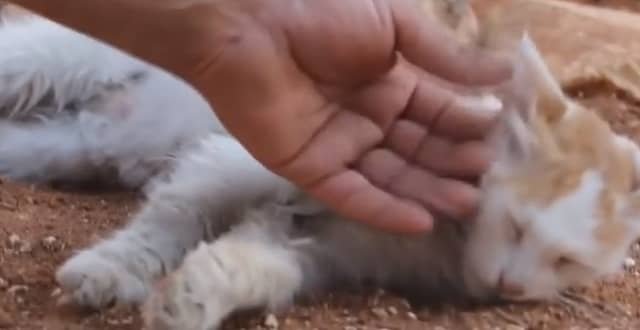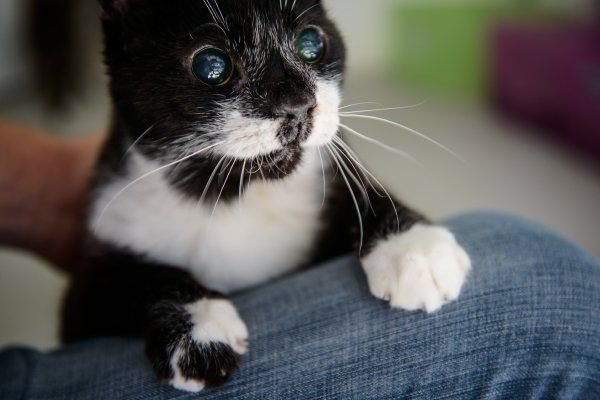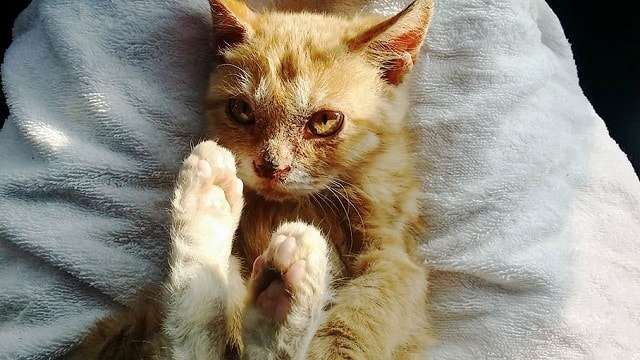So does your calico has “catitude?” Is your tortie temperamental?
Veterinarians from the University of California, Davis, have discovered, in recently published research, that cats with calico and tortoiseshell coat patterns tend to challenge their human companions a lot more often than felines whose fur is less flashy and colorful.
The research backs up long-standing observations among veterinarians that such cats often are “difficult,” said Dr. Elizabeth Stelow, who is a behavioral expert in the UC Davis Veterinary Medical Teaching Hospital. Her study, based on a survey of more than 1,200 cat owners, found that calicoes and torties are more likely to hiss, chase, bite, swat or scratch during their interactions with humans.
The UC Davis data also suggests that cats with gray and white, and black and white coats are slightly more likely to engage in those behaviors, a finding that surprised researchers. Cats sporting other colors, including solid black, gray and white, display aggressive personality characteristics much less frequently, according to the study, published in the Journal of Applied Animal Welfare Science.
The online survey, posted on a social media site, does not reveal the study’s focus. It simply asked cat owners questions about their feline’s behaviors, and requested that they choose a color category along with a written description that best fit their pet.
Calicos and torties have reputations for being a bit feisty and unpredictable, characteristics which the study appears to confirm. Calicos are traditionally mostly white with patches of orange and black. Tortoiseshells have coats that feature a constellation of black, brown, amber and red patches all over. Because two X chromosomes are necessary to produce their coloring, the vast majority of both types of cats are born female.
“They’re fiery,” said Front Street animal shelter manager Gina Knepp. “They’ve got a little spirit and zip to them. If you want a cat that will keep you on your toes, a calico or tortie is the way to go.”
“In the UC Davis survey, cat caretakers used a scale from 0 to 5 to assess the frequency of behaviors which include hissing and biting. A complex data analysis of answers to the survey found statistically significant differences between the frequency of such behaviors in “orange females” — including torties and calicoes — and most other cats,” Stelow said.
She also said the research suggests that the same genetics that dictate coat color may play a role in aggression, but that more study needs to be done to explore that theory.
The study is believed to be the very first to look at specific behaviors related to coat coloring. Although it had some limitations, including the fact that researchers relied on the observations of cat owners and never observed the felines in question themselves, the research offers insights that warrant further investigation, said Stelow.
Stelow, who authored the study with veterinarian Melissa Bain and data analyst Philip Kass, said these findings should not discourage people from adopting a tortoiseshell or calico cat.
“I have a crazy calico myself,” she said, along with an orange tabby. “Both of are great companions,” she said.
Aggression in cats, Stelow noted, is very rarely violent. “It’s very different from dogs. Dogs show a very, very wide range from not aggressive at all to capable of killing. The overwhelming majority of cats are not the least aggressive,” and those that are usually display it in “very subtle ways,” she said.
“We are not suggesting that anyone avoid having these cats in their homes,” she said of calicos and torties. “Most of them make lovely pets. It’s just information to help you understand what you might be up against.”
Barbara Doty understands. Doty, a cat rescuer and founder of the nonprofit LapCats, which works with Sacramento County’s Bradshaw Shelter to find adoptive homes for felines. She generally describes calicos and torties as the “divas” of the cat world.
“It’s an attitude,” she said. “Some of them just want to be the one and only, the queen of the household so to speak. They tend to be a little more high strung.”
Doty shares her home with a tortie who she said “is more sensitive” than most cats, she said. “She loves most people, but if another cat rubs up against her and gets too close, she might swat her.”
Potential adopters tend to gravitate more toward colorful cats, research has shown, while black cats tend to linger longer in shelters. The key, said Doty and Knepp, is being able to find the right personality match. “Black cats,” Knepp said, “seem to have the most balanced personalities, from my observations. For the most part they are very stable.”
“But I truly believe that there’s somebody for everyone,” she said. “I would suggest spending some time at the shelter, see who catches your eye and watch the cat for a while. Then open that door, hold out your arms and see what happens.”









